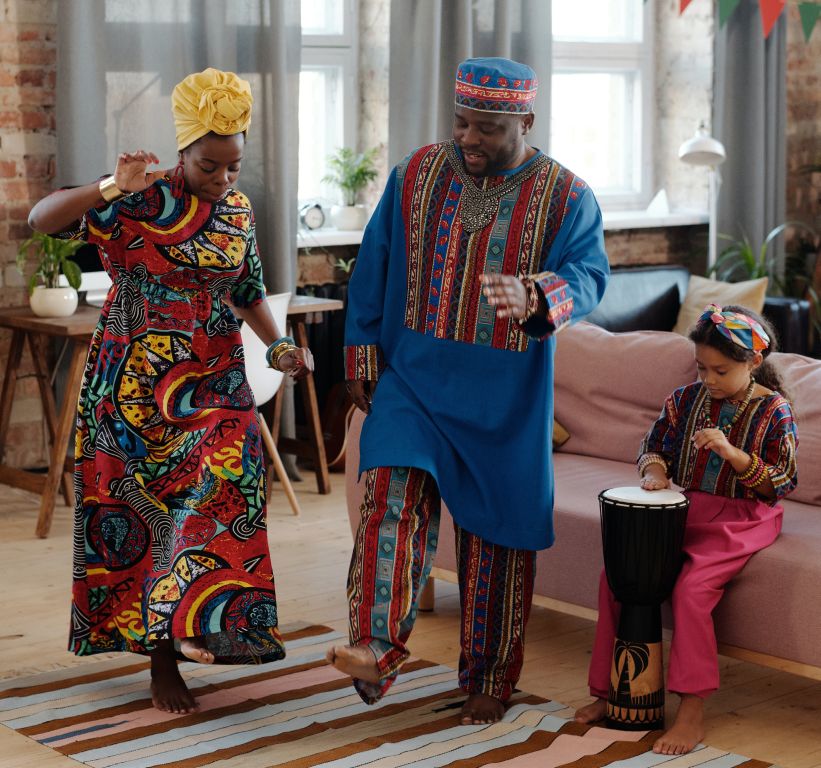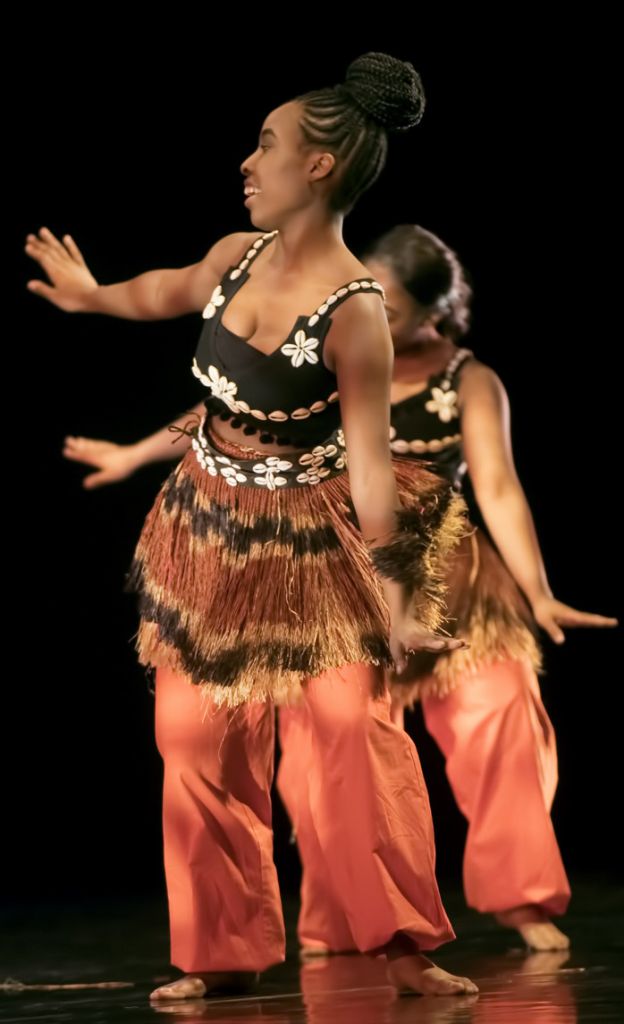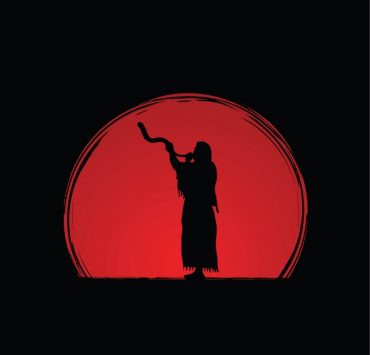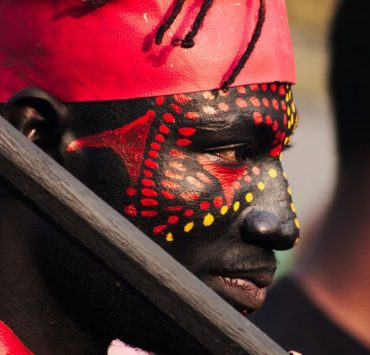Preserve Traditional African Music and Dance

Shibero Akatsa is a certified Clinical Psycotherapist, cultural enthusiast and…
African history and culture, is recorded and transmitted in many ways in Africa, and deeply ingrained and expressed clearly through the many different forms of art, such as storytelling, sculpture, rock art, masks, poetry and especially music and dance which are African art forms deeply woven into the very fabric of social life, and play a central role in binding together all members of the community through corporate activity, while preserving the rich culture, traditions and history.
When I lived overseas, I often heard non-black people comment on how ‘black’ people got the rhythm. I took it for granted because it was part of my everyday life.
Music and dance have traditionally played an important role in African culture. It is essential in representing the strong African heritage and its importance can be seen in many aspects of the culture. Dance, storytelling and religious practices are all grounded in the music of the African culture, drawing families, villages and communities together in the way people interact, celebrate and relay historic events.

Traditional African Dance
Dance is an integral part of the African culture and must be one of the oldest forms of choreography in the world. The dances are still taught to the children of the tribes from an early age. Dancers use symbolic gestures, masks, costumes, body painting and props to communicate. The dance movements can be simple or complex with intricate actions including fast rotation, ripples of the body and contraction and release. Dance is used to express emotion, whether joyful or sorrowful and it is not limited to just the dancers.
African dance is entirely different from the Western style of dance. Traditional African dance is a community activity, as opposed to a two ‘partner’ dance in male-female pairs. Instead, most of the dances are group performances separated by gender. The men dance for the women and vice versa, with all ages mingling or having their own dance. This helps reinforce the tribal roles, both in terms of the sexes and also in terms of a group identity.
One of the most striking parts of traditional African dance is the nature of the movement. African dancers often are able to isolate particular parts of their body and move them to different parts of the rhythm, with two or three different beats going on simultaneously in the dancer’s body. This is accompanied by larger movements such as kicks, leaps, and wide and rapid swings of the arms. There are many different reasons for the various dances, all reflecting a part of life. This can be a simple work song to help make everyday tasks, such as washing or tending fields, more enjoyable, but the more complex dances are usually performed with some purpose in mind.
Music, song, and dance are found in all community activities, to relay messages of congratulations, welcome, criticisms, to reflect expressions of sorrow and sympathy, in celebrations, and in marriage negotiations and celebrations, rituals, births, deaths, rites of passage, hunting, and even political activities.

African Dance
At the start of the slave trade, Africans were removed from the African continent and taken to Southern worlds. They took with them hundreds of different African dance styles, from various ethnic groups, and merged them together, along with styles of Western style dancing. Because of the importance of dance in the daily life of Africans in their homeland, many Africans that were enslaved continued to use dance as a way to keep their cultural traditions and connect with their home country. They also used dance and song as a form of healing and drawing strength for survival, still seen in other black oppressed groups, who continue to use song and dance to express pain, draw strength from and record their journey.
The importance and spirit of dance were not stopped by these restrictions, however. African slaves found ways to adapt their dancing and continue their traditions in secret. Out of necessity this caused some changes in the dances. For example, since slaves were prohibited from lifting their feet, they created moves that included shuffling the feet and moving the hips and body.

Traditional African Instruments
Traditional African music is created by a wide range of indigenous musical instruments, such as xylophones, flutes, horns, pipes are used as instruments, however although the musical styles and instruments vary from region to region, there are some common forms of musical expression, with the most significant instrument being the African drum, which is one way to set the mood, bringing everyone together as a community. clapping, stamping feet.
The human voice however, is the most common instrument, changing in pitch and tone, due to the many African languages being tonal and full of inflection, going on to create rhythmic music for African dance.
As dancers move in an expression of their inner feelings, their movements are generally in rhythm to the music. It is the sound of the music and the rhythms that are played that provide the heartbeat of the dance. The music and dance are considered inseparable, two parts of the same activity. It expresses the mood of the people and evokes emotion.
The African Drum
You cannot forget the African drum. Drumming is a rich and well-developed musical art form. However, it is also inextricably entwined with the art of dance; most African villages would never have drumming without dancing at the same time. Drummers are taught how to recreate the rhythms precisely, with no room for variation or improvisation until their art has been thoroughly absorbed. The musician’s duty is far more than just entertainment, since the dances and music are seen as the glue that helps hold the tribe together. The drum beat reflects the mood of the tribe and the dance as well, and can vary depending on the purpose of each dance. The beat of the African drum is considered the “heartbeat of the community” and its rhythm is what holds the dancers together.
Preserve African Music, Dance and Song
Traditional African music, song and dance are under threat today due to the popular ‘World Music’. Though it performs an important role in cultural exchange and encourages creativity that enriches the international art scene, this has caused many traditional African music, song and dance practices to become abandoned. Drumming and dancing is no longer practiced in our African Cities today, which is concern because there are few African countries taking the steps to preserve these cultural practices left by our forefathers.
African Music, song and dance, is one of the one of the dynamic features that make up the African culture. One sign of a healthy community is its simultaneous ability to preserve and invent its culture — that is, to conserve its history and heritage while developing new expressions for current times.
Safeguarding measures for traditional performing arts should focus mainly on transmission of knowledge and techniques, of playing and making instruments and strengthening the bond between master and apprentice. The subtleties of a song, the movements of a dance and theatrical interpretations should all be reinforced.
Cultural heritage and history are frequently essential sources of meaning that have given the African continent the rich, colorful character and resonance.
What's Your Reaction?
Shibero Akatsa is a certified Clinical Psycotherapist, cultural enthusiast and creative artist.











